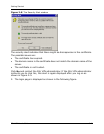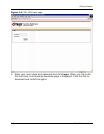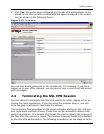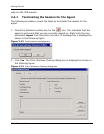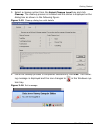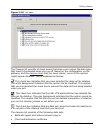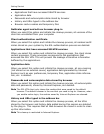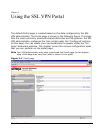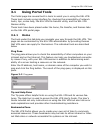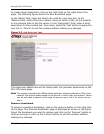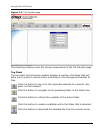
Getting Started
SSL VPN User’s Guide 2-15
• Applications that have accessed SSLVPN services
• Application data
• Passwords and autocomplete data stored by browser
• History and URLs typed in the address bar
• Browser cache cookies and temporary files
NetScaler agent and activex browser plug-in
When you select this option and initiate the cleanup process, all versions of the
client are uninstalled from your computer.
Client authentication certificate
When you select this option and initiate the cleanup process, all residual certif-
icates stored on your system by the SSL authentication process are deleted.
Applications that have accessed SSLVPN services
When you select this option and initiate the cleanup process, the client closes
certain processes. These processes correspond to the applications that
accessed the SSL VPN. This will prevent the leakage of sensitive information
buffered by the applications.
Application data
When you select this option and initiate the cleanup process, all non-roaming
(not stored on an external server) application data generated by Internet
Explorer such as user preferences, temporary files, application state informa-
tion, etc. is deleted.
Passwords and autocomplete data stored by browser
When you select this option and initiate the cleanup process, all autocomplete
data and passwords, stored by Internet Explorer, are deleted.
Note The SSL VPN client only cleans the cookies that were saved by the default
browser. The default browser is the one that you used to log on. However, when
you enable native login, the cookies saved by Internet Explorer are cleaned.
History and URLs typed in the address bar
When you select this option and initiate the cleanup process, all the URLs
stored by the browser and history data added during this session are deleted
by the plug-in. This requires that all Web browsers be closed in order to clean
up this information.
Note This cleanup is restricted to Internet Explorer.



